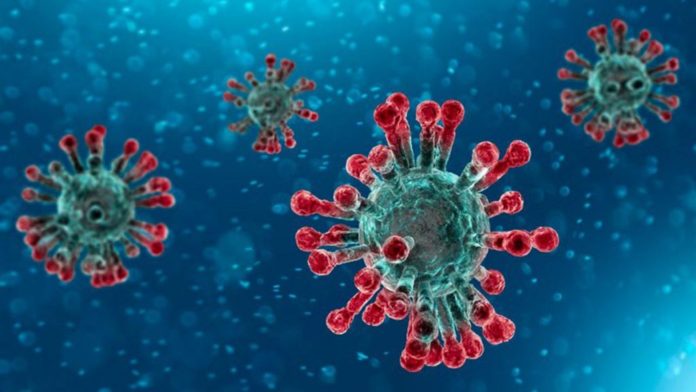New Delhi (NVI): The novel coronavirus could kill at least 1,50,000 people in Africa and infect more than 200 million people in a year unless urgent action is taken, according to a WHO modelling study.
The prediction by WHO comes amid stark warnings that COVID-19 is threatening a health emergency in developing countries.
According to the research published in the BMJ Global Health journal, authors have said that although many African nations have been swiftly adopting containment measures, it is being warned that health systems could still quickly become overwhelmed.
The rates of exposure to the virus and infection in the 47 countries were modelled by experts at the WHO’s Africa office under its regional remit, which excludes Djibouti, Egypt, Libya, Morocco, Somalia, Sudan and Tunisia.
The researchers also claimed that a surge in COVID-19 hospital admissions would divert limited resources needed to combat HIV, tuberculosis, malaria and malnutrition in the region.
The modelling has estimated what would happen for each country over the period of a year from the beginning of widespread and sustained community transmission.
According to the research, around 231 million people of the 1 billion people in the region were expected to be infected in the 12 month period – most of them showing few or no symptoms.
An estimated 4.6 million people would need to be admitted to hospital, while 140,000 would have severe COVID-19 infection and 89,000 would be critically ill, according to the study.
The virus would likely circulate within the region for longer than other countries, possibly for several years, researchers stated.
The research estimated that the transmission to be greatest in small nations, with Mauritius found to have the highest risk of exposure. Of the region’s large countries, South Africa, Cameroon and Algeria were also in the top ten for exposure risk.
Some 88 per cent people would not know they had the virus, with either mild symptoms or none at all, the report assumed, while four percent would suffer severe or life-threatening illness.








